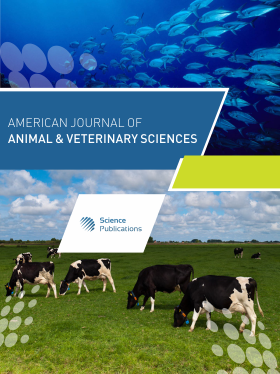Space Requirements to Optimize Welfare and Performance in Group Housed Pigs-A Review
- 1 University of Adelaide, Australia
Abstract
Problem statement: In most countries of the world where there are legislation or guidelines pertaining to the commercial farming of domestic swine, figures are quoted for minimum space allocation for various ages and life stages of the animals. These figures are generally based on professional judgment and are in common usage, but there is a growing trend and an expectation that regulatory decision making should be informed by evidence based studies. Approach: A literature review was conducted on experiments involving manipulation of space inputs in pigs. Studies were chosen that focussed on the effect of space on standard production parameters and well established welfare measures. Results: Agonistic behavior and its resultant effects on welfare in group housed systems is a key industry focus, yet, a failure to quantify the effects of space allocation per se is a confounding variable in many studies looking into this important aspect of husbandry. Conclusion/Recommendations: Whilst it seems that some general conclusions can be made, ascertaining figures for space allocation (especially in sows) remains problematic. This would appear to be an area worthy of further research using well-controlled studies, taking into consideration the increased size of the modern pig.
DOI: https://doi.org/10.3844/ajavsp.2012.48.54

- 7,382 Views
- 6,544 Downloads
- 21 Citations
Download
Keywords
- Remains problematic
- group housed systems
- commercial farming
- minimum space allocation
- confounding variable
- resulting injury
